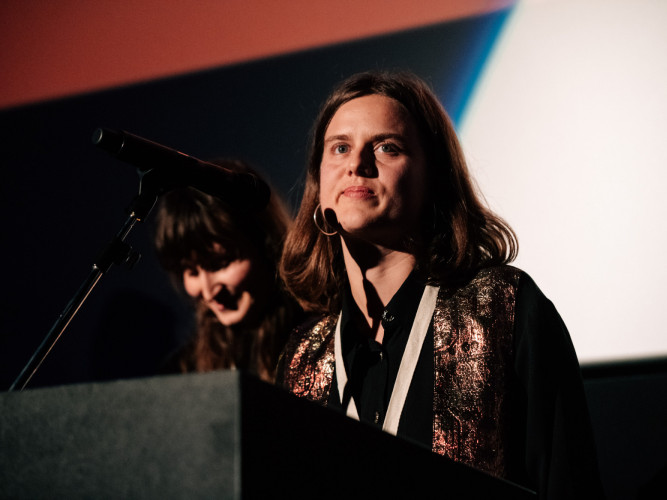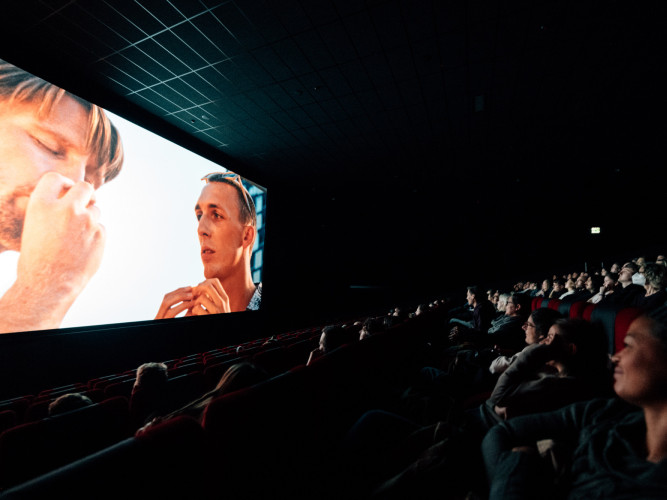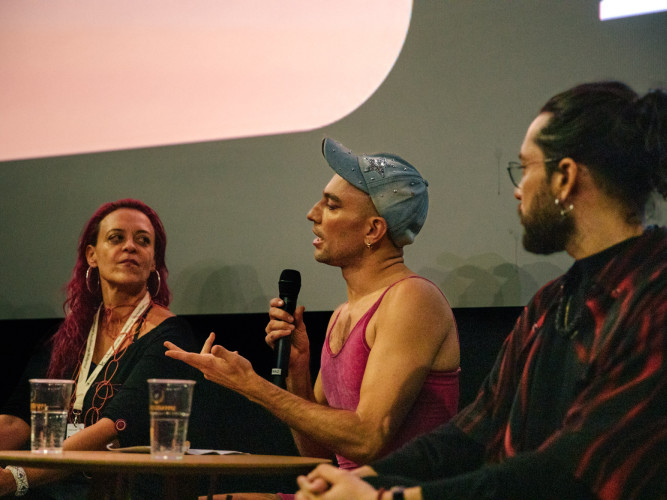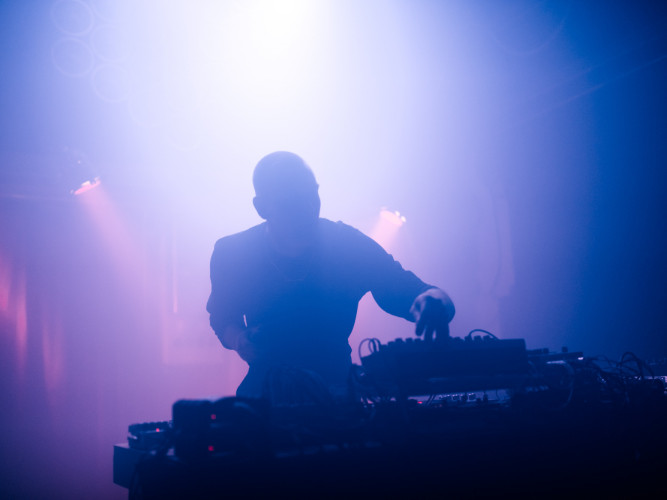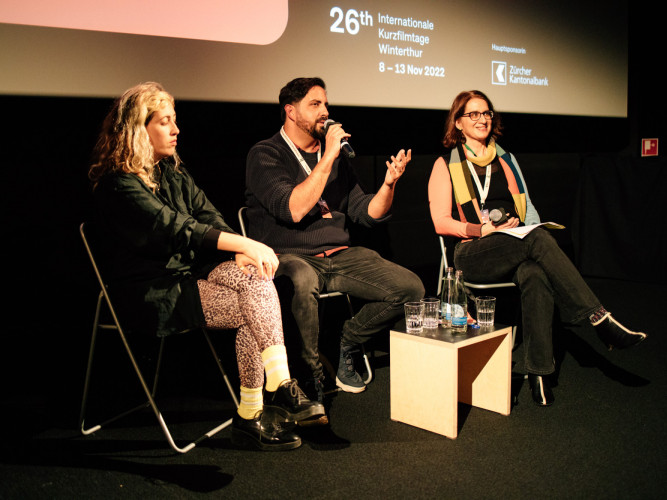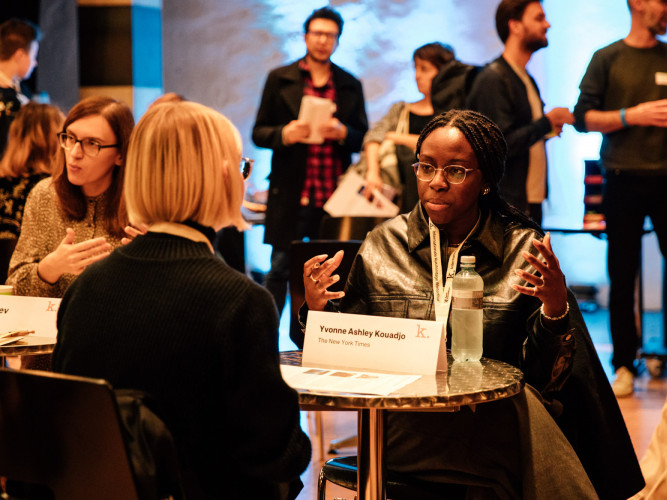The medium of film may have its origins in the photographic image, but its essence lies in the perception of movement through space and time. The moving image needs movement within the image – movement is what sets film apart from other mechanically reproducible arts. It is no wonder, then, that dance as a cinematic motif has been a throughline of film history. Dancing bodies have been popular onscreen since the earliest days of film. The elaborately produced musicals from Hollywood’s golden era (1927–1960), choreographed down to the smallest detail, are still a benchmark for the industry today. Film dramas from both the independent and mainstream sectors that use song and dance to break with the norms of certain genres are currently enjoying great popularity. Dance is also ubiquitous in the digital world today, with video platforms like YouTube and TikTok providing a global stage for viral dance trends. Last but not least, dance motifs are becoming increasingly important in current short films, which is why we are dedicating three programmes to dance and motion this year.
Movement is inherently ambivalent, especially when perceived on a screen. Within the rigid and one-way cinematic apparatus, the viewer’s body remains motionless – the motion only happens onscreen. Even when captured on film, dance is fleeting and must be danced to unfold its full power. In our programmes, we thus go beyond the fascination of movement captured onscreen, allowing audiences to also experience dance in its social and psychological contexts.
Dance and movement can be seen as moments of liberation. Dance has the ability to overcome boundaries: between artistic disciplines, between rigid genre categories, but also in a political sense. Those who dance demand space for their own bodies and their own being. Those who dance themselves into a frenzy leave behind everyday life, creating transcendent spaces of pure physicality that are full of possibilities. Where words fail, the body begins to speak. As a means of expression and communication, dance and movement have the potential to connect people across cultural and linguistic boundaries and to express deep emotions.
Our three programmes reflect these perspectives: Dance with Me invites us to join the characters onscreen in breaking out of everyday life and to find ourselves in dance. We see how new communities emerge and identities shift when dance disrupts the usual order. Your Space Is My Dancefloor explores the socio-political implications of dancing bodies taking up space. Here, dance becomes self-empowerment, a demand for visibility, and an act of resistance. The programme shows how movement can question power relations, shift norms, and redefine spaces – physically, politically, and symbolically. Finally, The Movies traces the interaction between motion and the moving image, inviting audiences on a journey through the various dance film genres of film history. The selection includes playful experiments from different periods, attempts at bridging the gap between moving image and immobile audience, and the commercialization of dance images and the style-defining power of choreographed bodies in pop culture cinema.
Curated by Inken Blum and Laura Walde
Dance with MeDance with Me invites us to join the characters onscreen and surrender to the pull of dance. To dance means to escape everyday life and perhaps to find ourselves in the process. The films show moments when motion expresses deeply felt emotions – from euphoria to rebellion to a tender gesture of solidarity. New communities emerge from the collective rhythm, identities are set in motion, and cinema itself becomes an arena for unification and expression beyond language.
In «Suspendu» by Elie Grappe, the disruption lies not in the beginning of the dance but in its interruption. Students at a dance academy are dependent on their bodies. But what if the body no longer functions as usual? And what remains of the self when the body imposes limits on movement? «Les Indes Galantes» by Clément Cogitore combines the dance style of krumping, which originated in a Black community in Los Angeles, with music by the French composer and music theorist Jean-Philippe Rameau. The expressive freestyle movements, often staged as a battle, blend with the sensual melodies and powerful rhythms of baroque music to form a symbiotic whole in a clash of cultures. In Hilke Rönnfeldt’s «Duty Free», a border shop container in the Baltic Sea is cut loose from the shore by the staff, who indulge in the escapist dream of a harmonious and ecstatic unity in motion. Ivelina Ivanova’s «Silent London» is a romp through a wild club night that blurs the boundaries of reality. But everyday urban life outside the club also seems to follow its own rhythm and spontaneous choreography. In «Travellers into the Night» by Ena Sendijarevic, dance becomes both deception and liberation as two people tentatively approach each other. Andrea Vinciguerra’s «No, I Don't Want to Dance» shows the absurdly contagious nature of dance movements. In «Cold Cut» by Don Eblahan, a young dancer finds her way back to her own expression thanks to a transcendental encounter. And «Man khod, man ham miraghsam» by Mohammad Valizadegan tells the story of an Iranian woman for whom dance is not just her life, but above all her future. In her own country, she is forced to hide her identity to be allowed to dance.
Dance is more than just motion. It is a powerful medium that creates new connections – between people, cultures, and inner worlds. The films in Dance with Me, with their deliberately sparse dialogue, create spaces where bodies, motions, and music express themselves directly, enabling a collective experience. Dance thus becomes a symbol of freedom, identity, and community, reminding us how moving encounters can be.
Curated by Inken Blum and Laura Walde
in collaboration with:Das Tanzfest Winterthur
with the kind support of: 